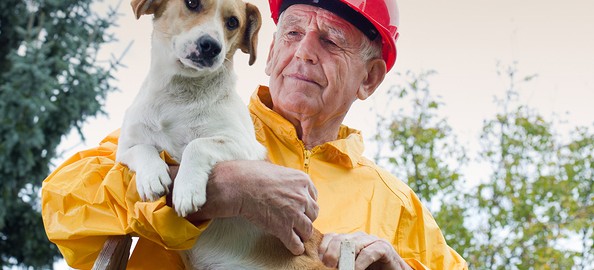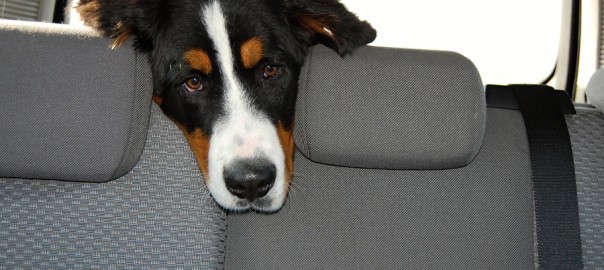When it comes to bathroom behaviors, cats aren’t much different from humans. All they want is a little privacy, a clean facility, and no surprises. Yet the number one behavior problem that lands cats in the shelter is litter box misfires.
If you cat isn’t using her litter box, the first thing you need to do is take her to your veterinarian for a check up. Some medical problems, like urinary tract infections, will make it difficult for your kitty to use her box.
Once she gets an all-clear from your vet, you need to work out what’s bothering your cat. One thing people often overlook when they’re dealing with litter box problems is smell. Unscented brands won’t give off any smells that bother your feline friend’s sensitive nose, so swap out any perfumed litters with something odorless. What smells “clean” to you can be distressing to your kitty.
You should also consider using open boxes instead of covered boxes, which can trap smells even after a thorough cleaning.
Don’t expect your cat to use the bathroom in conditions that would make you cringe! Making sure litter smells don’t bother your cat will reduce litter box mishaps and keep you and kitty happy.




